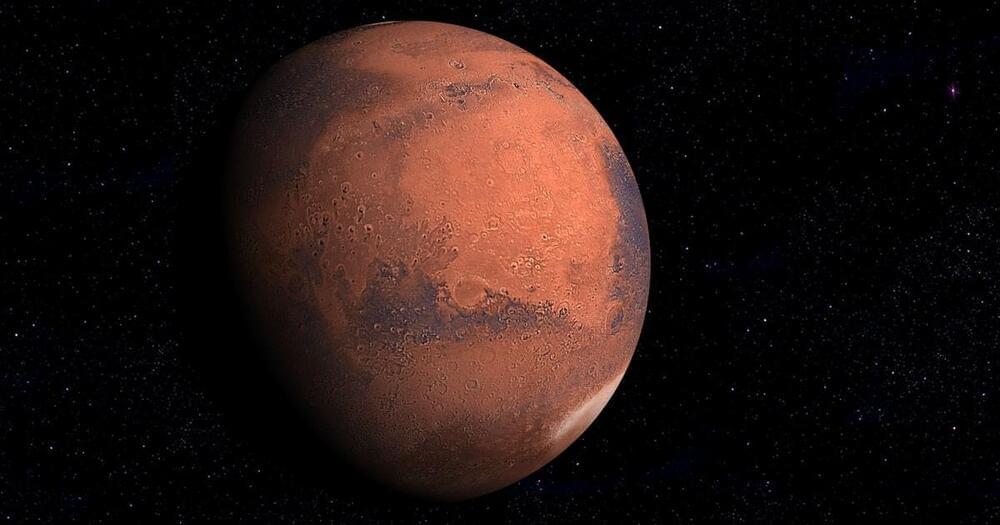Humans have been dreaming of living on the Moon, but what would that look like exactly?
Put simply, an outpost (or outposts) on the Moon could benefit humanity in numerous ways. It would allow for regular access to the lunar surface, enable vital research into low-gravity and its effects on terrestrial organisms, and shave billions off of the cost of missions destined for Mars and other locations in deep space.
Beyond the scientific and spaceflight-related, a lunar outpost would also allow for the creation of new industries, such as lunar mining, space-based solar power, commercial space stations, and lunar tourism. The infrastructure created for this purpose could also lead to a thriving economy in the Earth-Moon system, including asteroid mining and space-based manufacturing.
**The Moon is our gateway to the rest of the Solar System and the first step in any plan for “going interplanetary.” Granted, the challenges are enormous, and the cost of developing all this architecture is nothing short of immense. But as the Loonies say, “TANSTAAFL!”
Have been dreaming of living on the Moon, but what would that look like exactly? Welcome back to our ongoing “Interplanetary” series. In our p.


